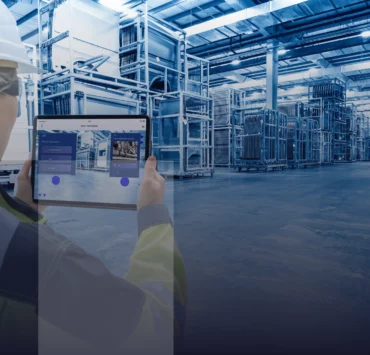In today’s industrial scenario, businesses not only need to simply work hard but to work smart. In essence, this means that increasing productivity and efficiency is not about having more workers, better machinery, or using up more resources. Nowadays, significant efficiency improvements can be delivered through increased visibility in the workplace, reliable data collection, and relevant analytics.
In fact, according to the Boston Consulting Group (BCG), data and analytics-driven applications have the potential to reduce conversion costs by to up 20%. One of the best tools to achieve this is digital solutions, which not only improve daily processes but also provide relevant data.
Main Uses of Data
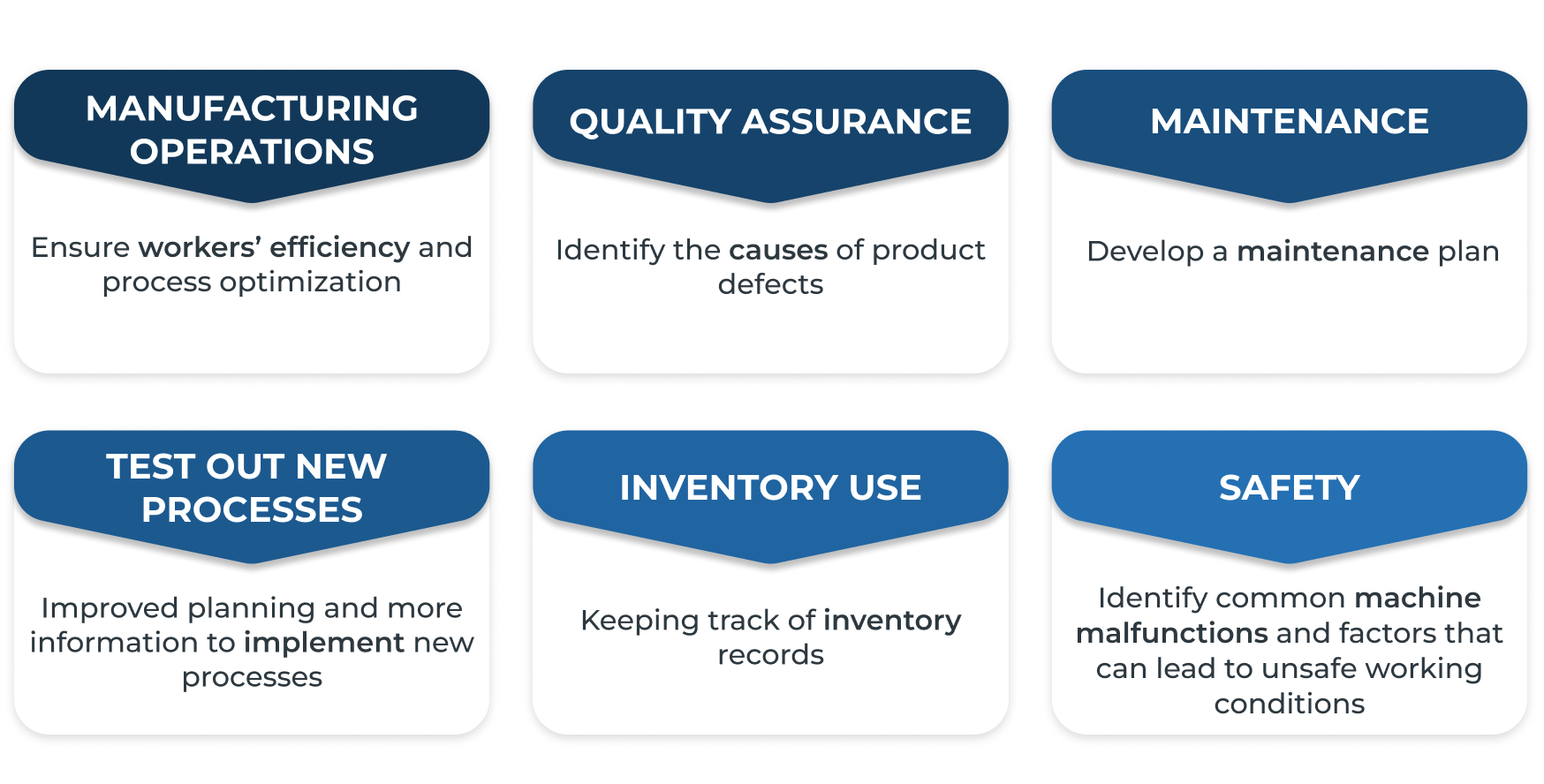
How to collect and use data
Modern Augmented & Connected Worker solutions offer more than real-time monitorization and guidance during tasks. These platforms also provide managers/supervisors with relevant data about businesses’ daily operations. Managers can access automatic reports, dashboards, IoT data, KPIs, and other types of automated output.
For instance, this enables them to understand precisely which operators worked on which tasks, their duration, what issues/challenges they might have faced, what machinery or equipment was involved in the process and what their condition is, among others. As a result, organizations can efficiently oversee their operations and understand how to tackle both small-scale challenges and systemic issues and deliver continuous improvement.
Turning Data into Action
Data alone isn’t enough to change the daily operations of companies and improve efficiency. In order to be useful, data must be interpreted, compared, and understood in the context of a particular business. Only by crunching data can managers and executives come up with reliable and solid information to inform their decisions. In addition, to draw capable plans and improve efficiency, it is vital that businesses also accommodate workers’ input and experience.
Data Collection Roadmap
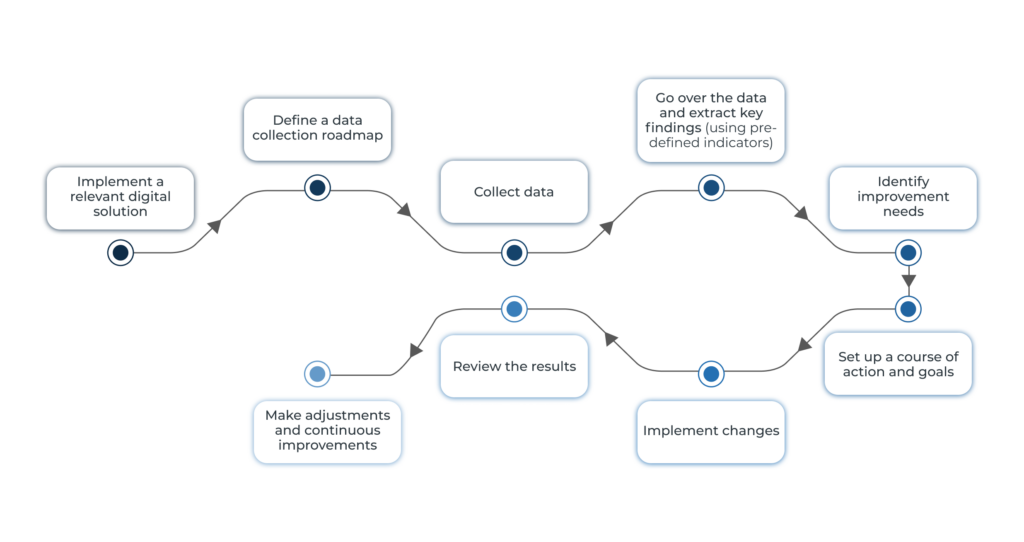
Main Benefits of Using Data

Promptly locate valuable data
By regularly gathering and analyzing data, businesses will be able to develop convenient and structured databases. This reduces the time related to data search and makes it easier to navigate records, check results, and compare outcomes. In essence, collecting and processing data simultaneously contributes to creating knowledge bases but also to improving data storage processes.
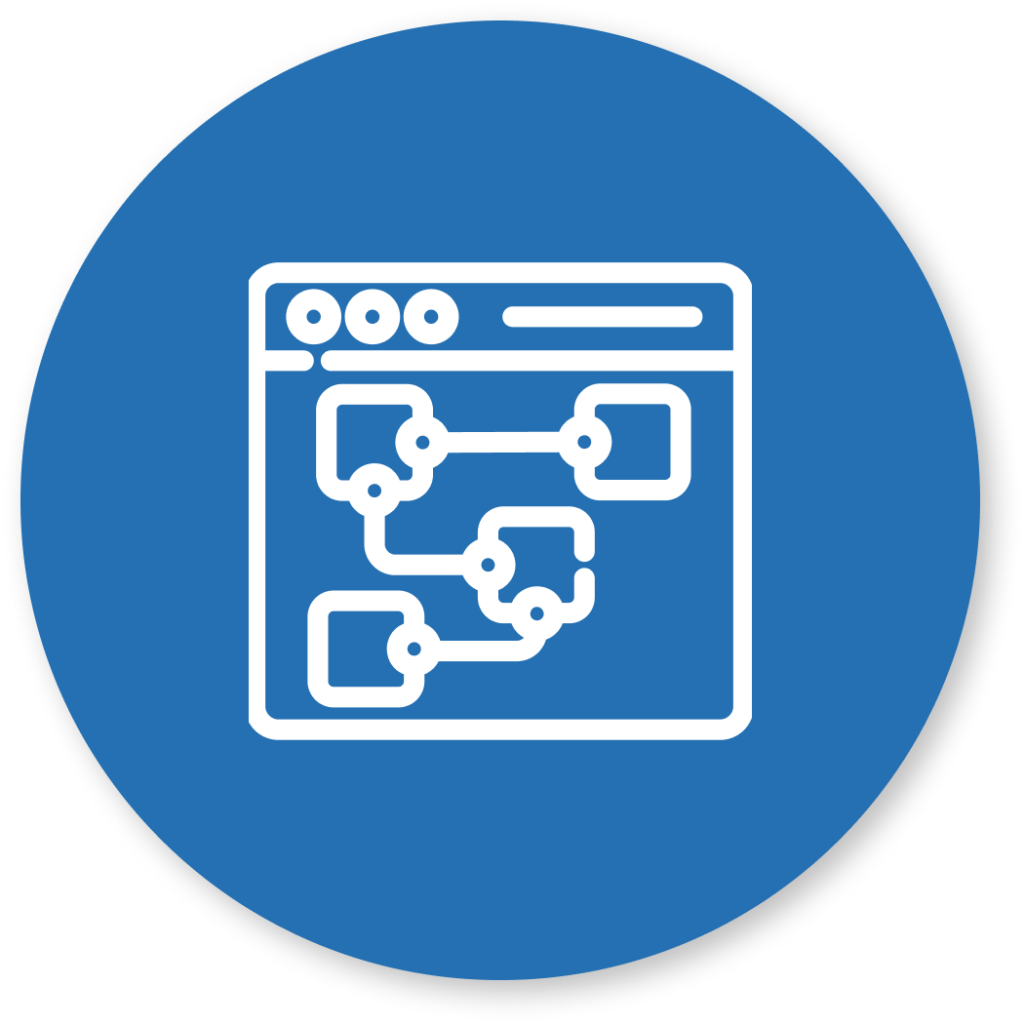
Improve troubleshooting
Through data analysis businesses can have a more comprehensive understanding of their processes. Upon detecting issues, errors, or any type of unexpected event, it is possible to efficiently address them. In turn, this will contribute to reducing downtime and expert-related costs, and avoid lengthy diagnoses.
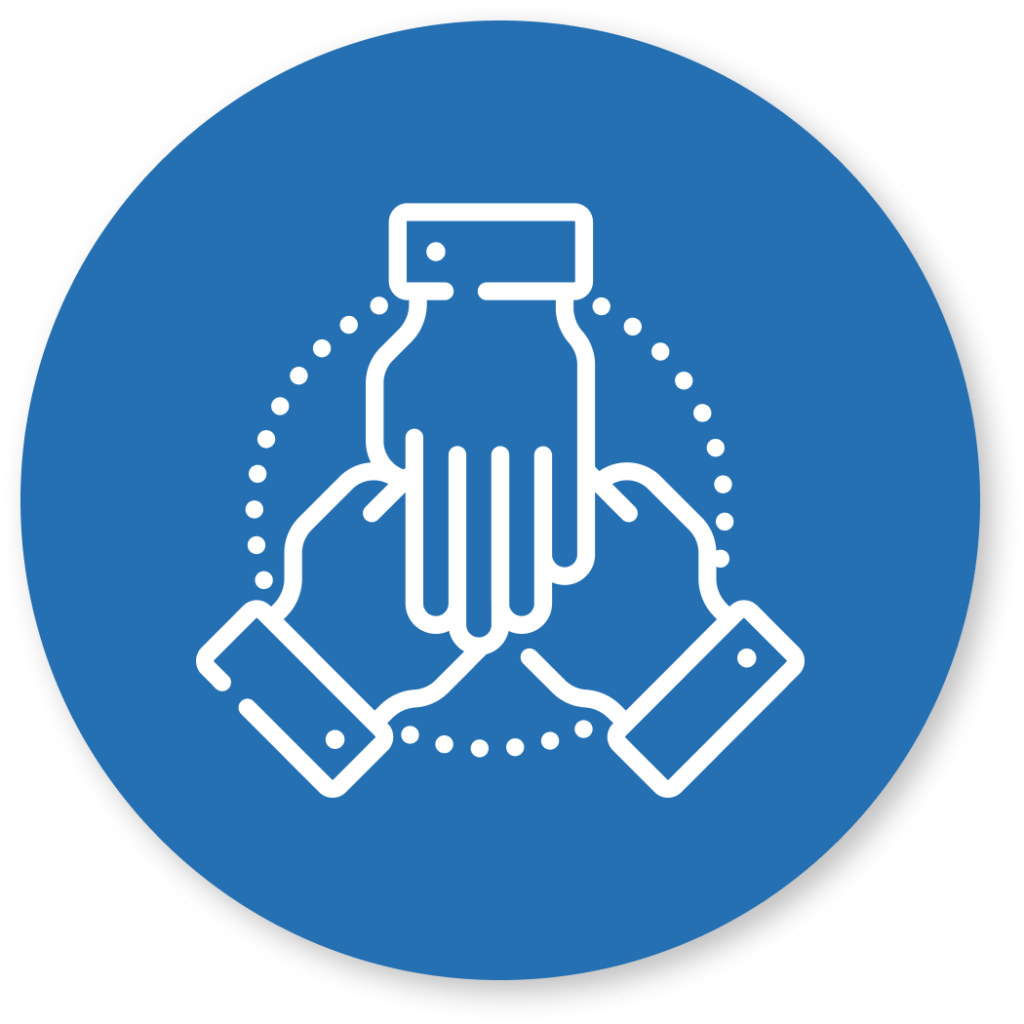
Increased visibility and better understanding teams
Using data, supervisors can better understand how their teams operate, their strengths and shortcomings, and how to better implement new strategic plans.

Risk assessment
Businesses operating in asset-intensive industries need to comply with safety protocols and quantify risks and identify hazards. Data tackles both of these issues at the same time. By understanding operations, it is possible to flag hazards, analyze them, and draw out a plan to tackle them. In other words, data doesn’t only help businesses comply with protocols, it contributes to the creation of courses of action to deal with unexpected events (informing procedures such as the Safety Prevention Observations process).
Final thoughts
As asset-intensive industries shift towards the new age of augmented and connected work, information has become an extremely valuable resource. In this sense, data is capable of adding value to operations and giving businesses a competitive advantage. Going forward, only by adopting the use of data and analytics, combined with other digital tools, can companies reach the next frontier in productivity, efficiency, and safety.
Learn More
If you’re looking to take advantage of the Augmented and Connected features, you can book a free demonstration with our team or explore our blog.



